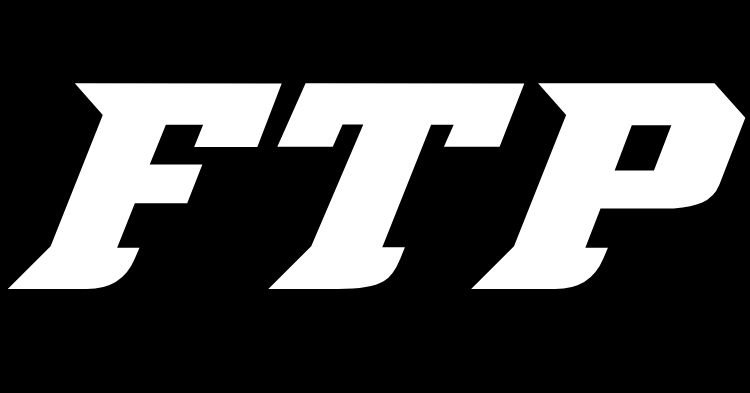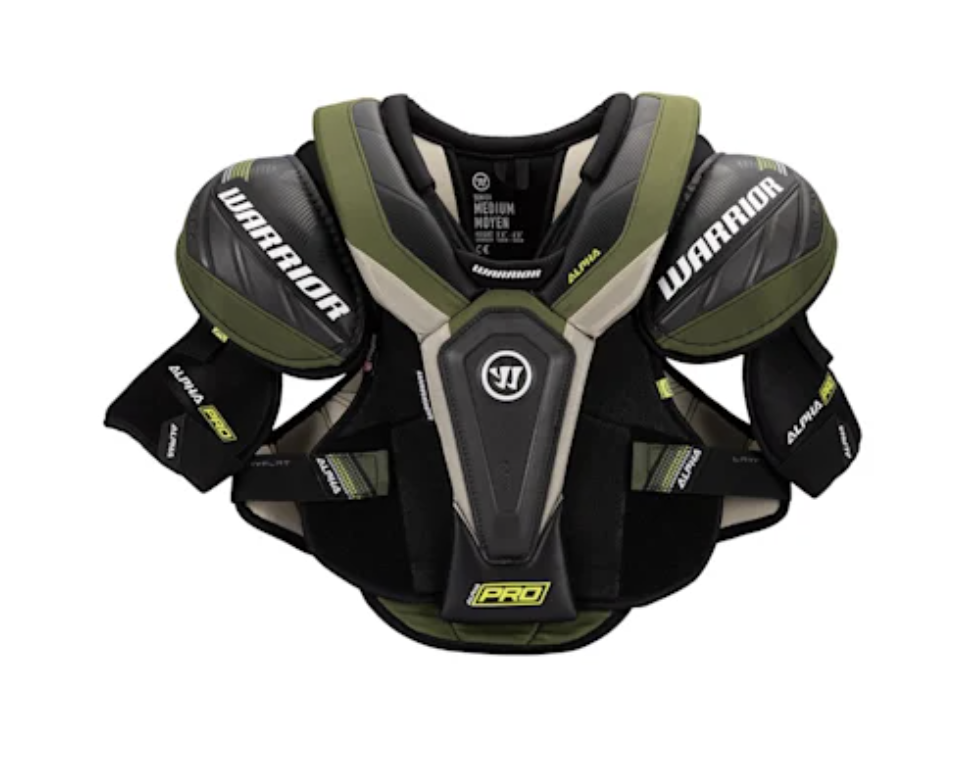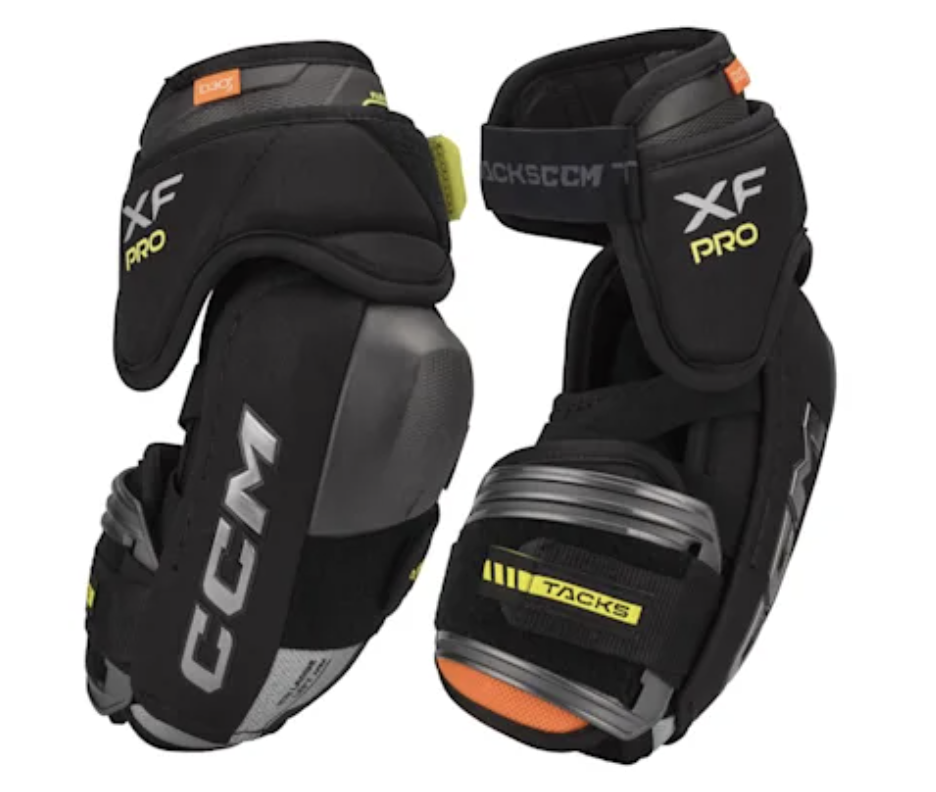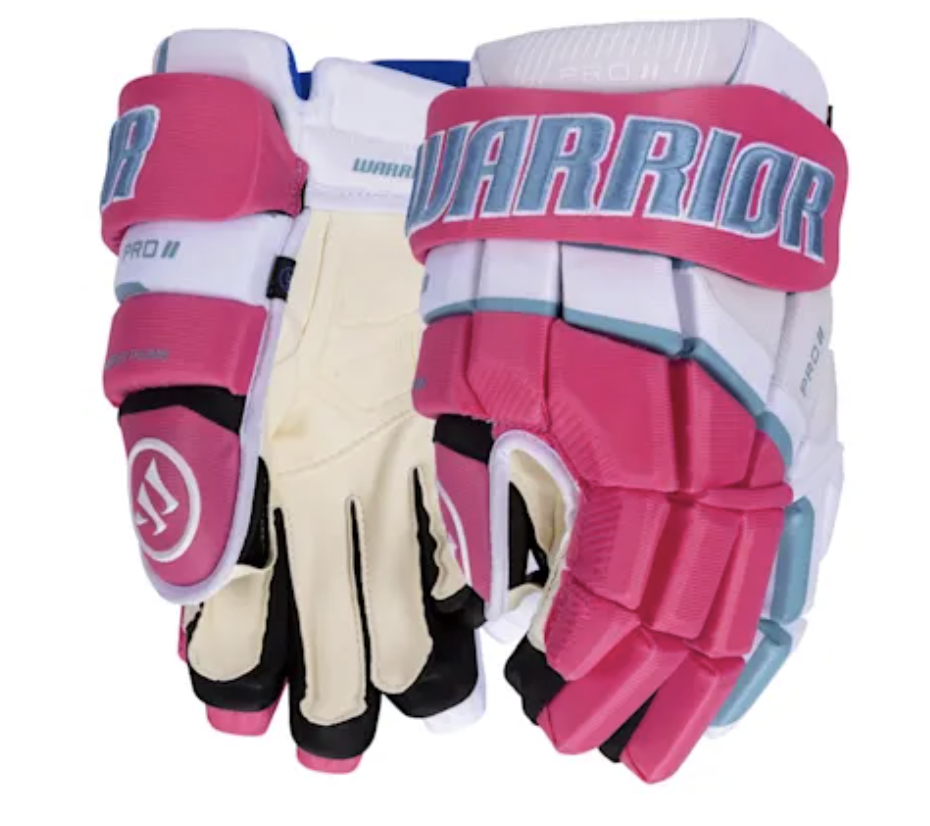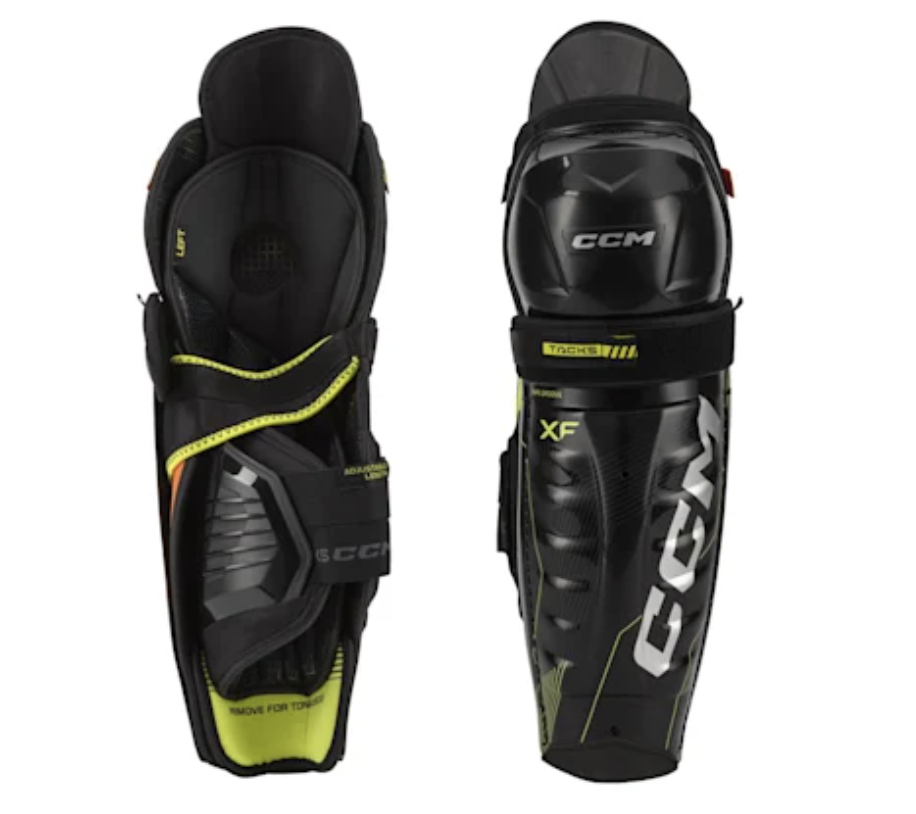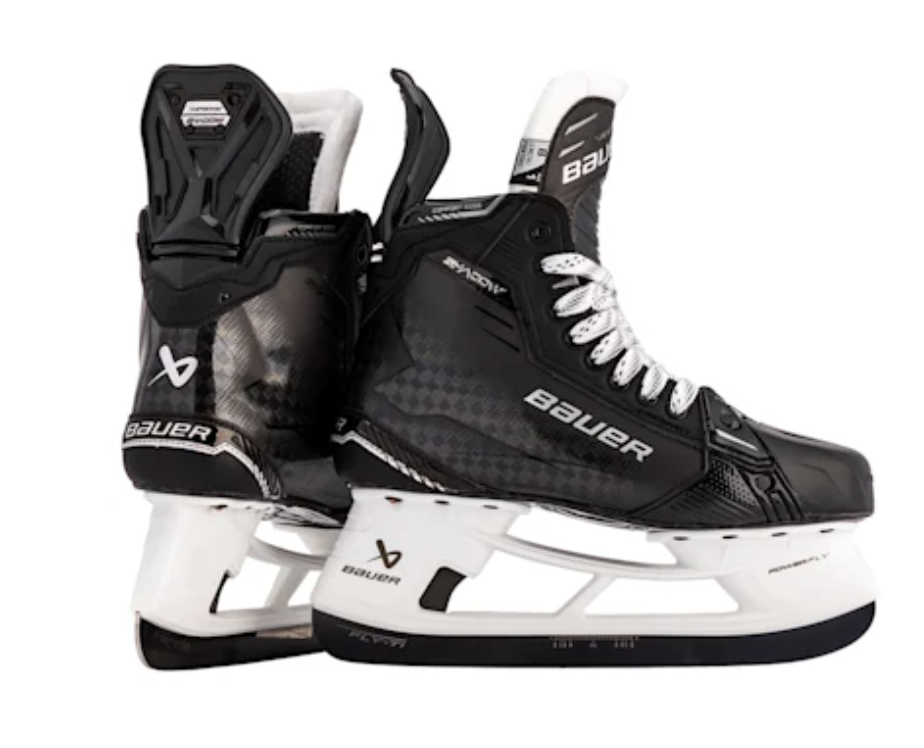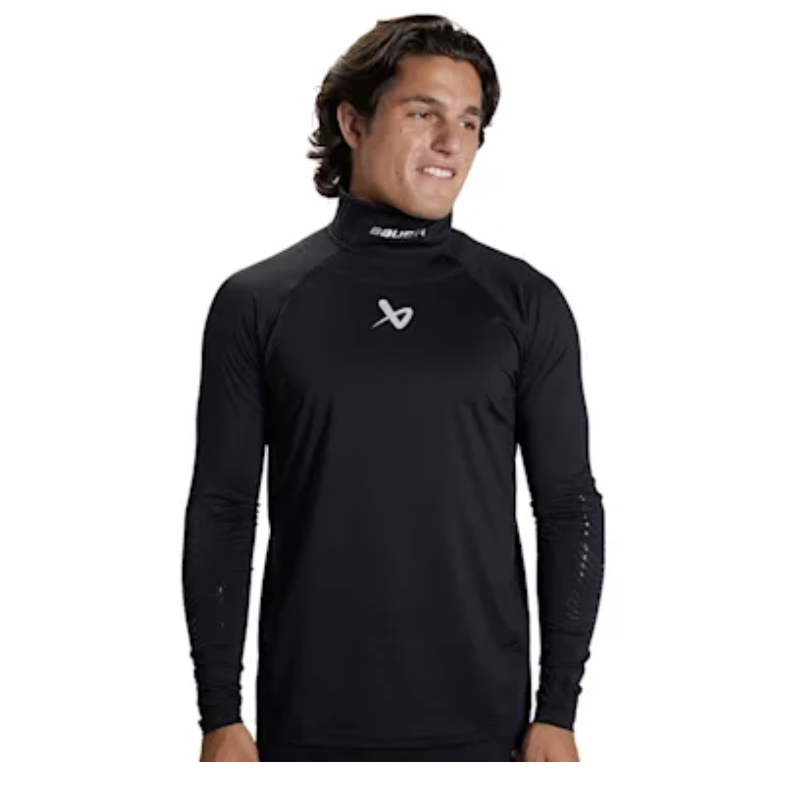Why Your Hockey Gear Might Be the Only Thing Between You and the ER
Hockey is one of the fastest, roughest, and most physical sports on the planet. Pucks fly at over 90 miles per hour, players slam into each other at full speed, and sharp skate blades carve the ice just inches from your hands and face. If you’re stepping onto the ice, you need more than just talent and a stick — you need gear that will protect you when (not if) things get rough.
Let’s break down why having good, protective hockey gear matters, and why it’s not the place to cut corners or go cheap.
1️⃣ High-Speed Impacts Are Inevitable
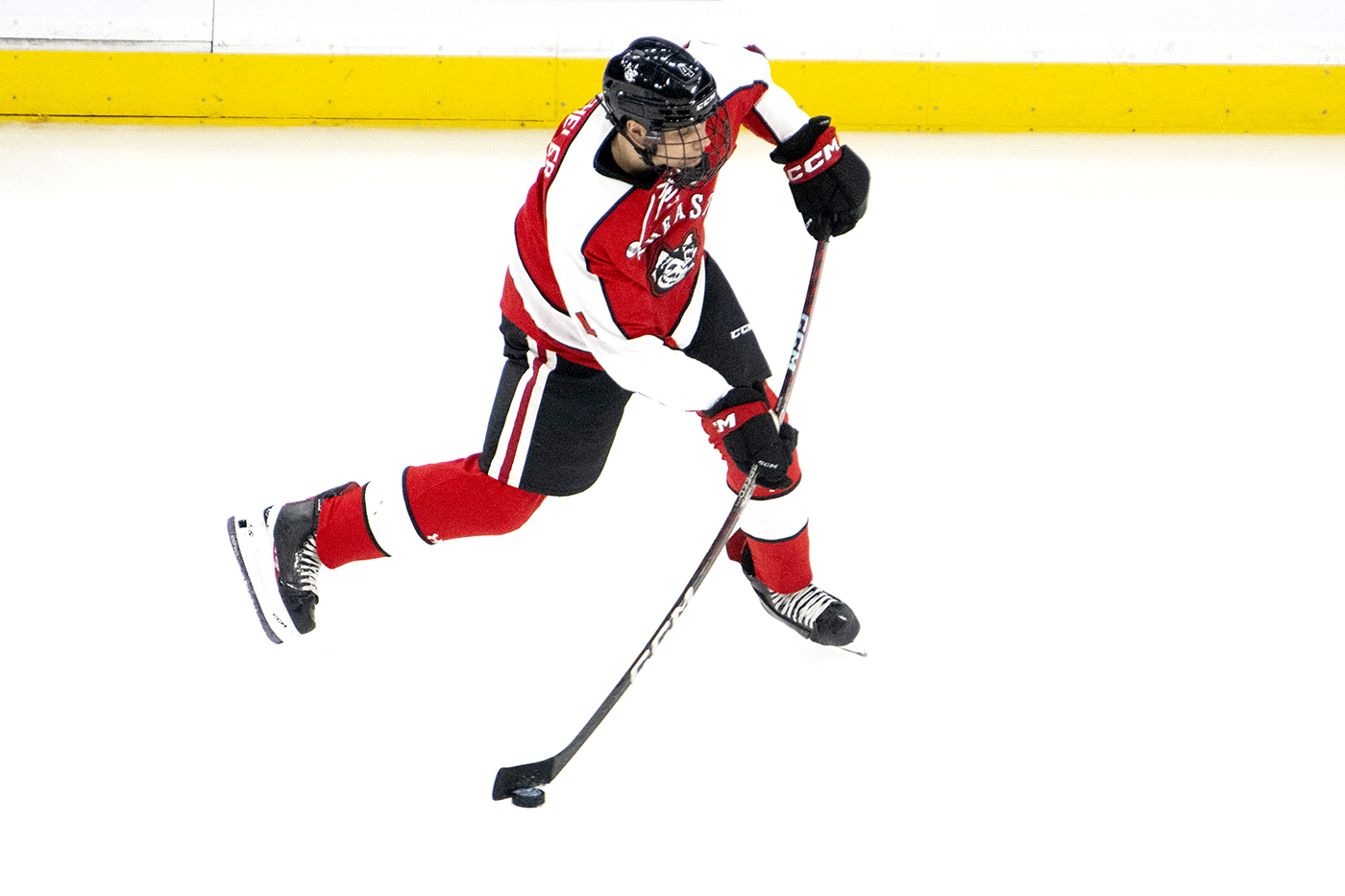
Did you know the average NHL player skates at speeds of 20–30 mph during a game? That’s like being hit by a small car every time someone checks you into the boards. Even in youth hockey, players are moving fast, and a simple trip or collision can send you crashing to the ice hard.
A well-fitted helmet, shoulder pads, elbow pads, and shin guards reduce the risk of concussions, fractures, and deep bruising — injuries that could not only ruin your season but could sideline you from the sport for life. A study by USA Hockey showed that over 40% of youth hockey injuries come from body contact, particularly in the upper body and head.
2️⃣ Cheap Gear = Cheap Protection
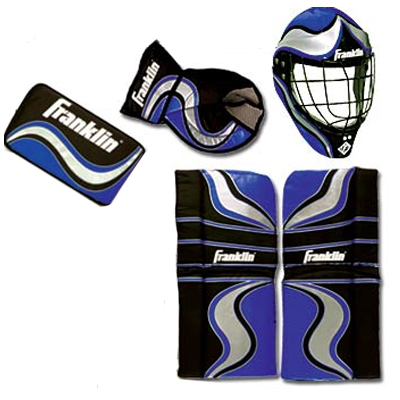
Sure, you could grab a clearance bin helmet or some secondhand elbow pads, but are you sure they still meet safety standards? Gear ages over time — foam breaks down, plastics crack, and helmets lose their certification after about 5–7 years (or sooner if they take a major hit).
Good-quality gear from trusted brands meets strict safety testing. Look for the HECC (Hockey Equipment Certification Council) sticker on helmets — this ensures the helmet passed impact and penetration tests designed to protect against head injuries. Your brain is literally the most important asset you have on the ice; don’t let it depend on a $20 garage sale find.
3️⃣ Protect More Than Just Bones

Hockey gear doesn’t just guard against broken bones — it protects soft tissue, eyes, and even teeth. An errant puck can easily shatter a tooth or slice an unprotected wrist. Mouthguards, neck guards, and reinforced gloves are small but hugely important pieces that help players avoid life-changing injuries. According to dental research, hockey players wearing mouthguards experience 60% fewer dental injuries compared to those who don’t.
4️⃣ Confidence = Performance

Here’s something less obvious: when you feel protected, you play better. Players in solid, well-fitted gear are more confident to skate hard, battle in corners, and block shots. That confidence leads to better performance — and, frankly, more fun. Nobody plays their best when they’re scared of taking a puck to the knee.
Final Thoughts
Look, hockey’s a blast — the speed, the intensity, the team camaraderie. But without the right gear, it’s also a sport where you can go from hero to hospital visit real fast. So invest in good equipment, keep it in good condition, and make sure it fits properly. Your body (and probably your mom) will thank you.
After all, it’s better to look like a walking tank on the ice than a pancake on the boards. 🥞🏒
✅ Essential Hockey Gear Checklist
A protective hockey helmet is designed to shield a player’s head from impacts, falls, and flying pucks, helping reduce the risk of concussions and serious injuries. It features a hard outer shell, interior foam padding, and often a cage or visor to protect the face, ensuring both safety and comfort on the ice.
☐ Certified helmet (HECC sticker)
☐ Full cage (for youth) or visor (for adults)
☐ Mouthguard
Shoulder pads are designed to shield the shoulders, chest, back, and biceps from impacts, checks, and stray pucks while allowing players to move freely on the ice. They combine lightweight foam, reinforced plastic inserts, and moisture-wicking materials to provide high-level protection without sacrificing comfort or mobility, making them essential for safe and confident play at any level.
☐ Properly fitted to cover chest, shoulders, and back
Elbow pads are built to guard the elbows, forearms, and upper arms from falls, slashes, and collisions on the ice. They feature a hard outer shell combined with soft inner padding for impact absorption, plus adjustable straps to ensure a snug, secure fit — all designed to keep players safe without restricting their movement or stickhandling.
☐ Covers elbow point and forearm snugly
Hockey gloves are designed to shield a player’s hands, fingers, and wrists from slashes, pucks, and impacts while maintaining excellent flexibility and stick control. They combine reinforced padding, strong outer materials, and a soft, grippy palm to provide both high-level protection and comfort, ensuring players stay safe without sacrificing feel or performance on the ice.
☐ Full hand protection with flexible wrist movement
Hockey pants (also called breezers) are built to safeguard a player’s hips, thighs, tailbone, and lower spine from hard checks, falls, and flying pucks. They feature durable outer shells with reinforced padding, flexible panels for ease of movement, and secure belts or lace-up systems to ensure a snug fit — all designed to keep players protected and mobile during intense on-ice action.
☐ Padded shorts that protect hips, thighs, and tailbone
Shin pads are designed to shield a player’s knees and shins from pucks, sticks, and collisions on the ice. They combine a hard outer shell with impact-absorbing foam, extended calf protection, and secure strapping systems to keep them firmly in place. Well-made shin pads provide maximum protection without limiting mobility, helping players skate, block shots, and battle in corners with confidence.
☐ Covers knee cap and full shin down to skate top
Hockey skates are designed to provide players with a secure, supportive fit while shielding their feet, ankles, and toes from pucks, sticks, and collisions. Built with durable outer shells, reinforced toe caps, stiff ankle support, and high-quality steel blades, they offer a balance of protection, stability, and agility — allowing players to skate confidently, make quick cuts, and perform at their best without compromising safety.
☐ Proper fit, sharpened blades, ankle support
A hockey stick is designed to deliver the perfect balance of power, accuracy, and feel, helping players pass, shoot, and handle the puck with precision. Made from lightweight yet durable materials like carbon fiber or composite, it features a flex profile suited to the player’s style — whether for quick-release wrist shots or booming slapshots — along with a well-shaped blade for optimal puck control. The right hockey stick enhances a player’s performance, giving them the tools to play faster, smarter, and more effectively on the ice.
☐ Correct flex and length for player size/position
A protective hockey neck guard is designed to shield a player’s neck and throat from skate blades, sticks, and pucks, reducing the risk of serious cuts or injuries. Made from cut-resistant materials with a comfortable, adjustable fit, it offers essential coverage without restricting movement or breathing. A quality neck guard provides players with added confidence and peace of mind every time they step on the ice.
☐ Protects from skate cuts or high sticks
Jock/Jill (Pelvic Protector)
☐ Critical for groin protection (cup for males, pelvic protector for females)
Base Layer (Optional but Recommended)
☐ Moisture-wicking shirt, shorts, or compression gear
☐ Cut-resistant socks or underlayers (for extra protection)
Extra: Spare Laces, Stick Tape, Water Bottle
☐ Always good to keep backups and stay hydrated!
